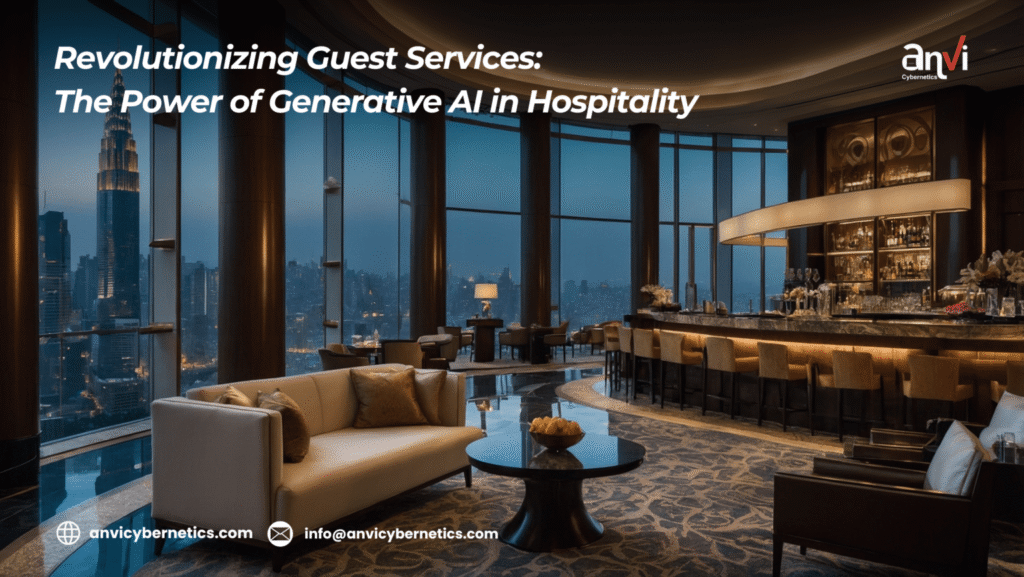
2024 Cybersecurity Trends: AI's Role in Threat Detection
Introduction
In 2024, cybersecurity is no longer just an IT concern—it’s a critical part of organizational strategy. Cyber threats are becoming more sophisticated, while the sheer volume of digital information continues to grow. To keep up, businesses are increasingly turning to artificial intelligence (AI) for a more dynamic approach to security. AI’s ability to analyze vast data sets in real time makes it invaluable in identifying, detecting, and responding to threats. This article explores the top cybersecurity trends of 2024 and highlights how AI is enhancing threat detection and response capabilities.
The Growing Complexity of Cyber Threats
Cyber threats have never been as complex or varied as they are today. Traditional defenses such as antivirus software and firewalls are often insufficient to protect against the latest tactics used by cybercriminals, including:
- Advanced Persistent Threats (APTs): APTs are highly sophisticated, long-term attacks designed to evade detection, allowing intruders to remain in a network for extended periods.
- Ransomware and Phishing Attacks: Both types of attacks have increased in prevalence, becoming more targeted and complex.
- Zero-Day Exploits: These attacks exploit vulnerabilities that software providers are not yet aware of, leaving organizations with little defense against them.
This complexity necessitates a shift from traditional security measures to adaptive, intelligence-driven approaches. AI has become an essential tool in this evolution, capable of quickly recognizing suspicious patterns and analyzing vast data streams for signs of potential threats.
AI in Modern Cybersecurity
AI and machine learning have transformed the cybersecurity landscape. Today’s AI-driven tools can process and analyze enormous amounts of data, recognize anomalies, and automate responses to prevent breaches. Let’s break down some of the ways AI is revolutionizing cybersecurity in 2024:
- Predictive Analysis: AI’s ability to analyze past events and recognize patterns means it can anticipate potential threats, even before they fully materialize. AI can detect signs of an attack and alert security teams early, allowing for a more proactive approach to threat detection.
- Anomaly Detection: AI-driven systems are trained to recognize “normal” behavior within a network. When anomalies are detected—such as an unfamiliar IP accessing sensitive data or a sudden spike in data traffic—AI can flag these as potential threats and notify IT teams.
- Automated Response: AI-driven automation tools reduce the time it takes to respond to incidents. Automated responses are often implemented for well-defined types of threats, such as blocking IPs or isolating affected systems, allowing human analysts to focus on more complex issues.

🚀 The Role of AI in Mobile App Development
Discover how AI is reshaping mobile apps, enhancing user experiences, and adding smarter functionality.
The Role of AI Governance in Ethical AI
AI governance refers to the structures, policies, and practices that guide the ethical development and deployment of AI technologies. Effective governance frameworks address issues such as data privacy, algorithmic fairness, and compliance with regulatory standards.
Corporate AI Governance Initiatives
Leading companies are developing internal AI governance frameworks to ensure responsible AI use:
- Microsoft AI Principles: Focus on fairness, reliability, privacy, and inclusiveness.
- IBM’s AI Ethics Board: Oversees AI initiatives to ensure ethical alignment.
Ethical AI in Business: Challenges and Opportunities
Implementing ethical AI practices in business presents both challenges and opportunities. Companies must navigate complex issues related to data privacy, bias, and transparency while leveraging AI’s potential to drive innovation.
Challenges:
- Data Privacy Concerns: With AI systems processing vast amounts of data, ensuring compliance with data protection regulations like GDPR is critical.
- Bias and Discrimination: Addressing inherent biases in data sets requires continuous monitoring and refinement.
Opportunities:
- Enhanced Brand Reputation: Companies that prioritize ethical AI can differentiate themselves in the market and build trust with consumers.
- Innovation and Growth: Ethical AI practices foster a culture of innovation, leading to the development of more robust and reliable AI systems.
Case Study: Salesforce has integrated ethical considerations into its AI platform, Einstein, to ensure that AI-driven insights are fair and unbiased.
Best Practices for Implementing Ethical AI
1. Establish an AI Ethics Committee
Create a multidisciplinary team to oversee AI projects, review ethical considerations, and provide guidance on best practices.
2. Conduct Regular Audits
Performing regular audits helps identify and address ethical issues related to AI deployment. Tools like IBM Watson OpenScale offer capabilities for monitoring and managing AI models.
3. Engage Stakeholders
Involve stakeholders—including employees, customers, and regulators—in the AI development process to ensure diverse perspectives are considered.
4. Develop Ethical AI Policies
Draft clear policies that outline ethical standards and guidelines for AI development and deployment.


Explore a comprehensive analysis of mobile app development costs and the key factors that impact pricing.
Looking Ahead: Ethical AI Trends in 2025
As AI technologies continue to evolve, businesses must stay ahead of emerging ethical challenges. In 2025, we can expect greater emphasis on regulatory compliance, with governments introducing stricter guidelines for AI deployment.
Key Trends:
- AI Regulation: Countries like the EU are leading the way in establishing comprehensive AI regulatory frameworks.
- Human-in-the-Loop (HITL) Systems: Integrating human oversight into AI decision-making processes will become standard practice.
Partnering for Ethical AI Development
Implementing ethical AI practices requires expertise and a strategic approach. Partnering with experienced firms can help businesses navigate the complexities of AI governance and ensure compliance with ethical standards.
Final Thoughts: Balancing Innovation with Responsibility
Ethical AI is not just a buzzword—it’s a necessity. As businesses continue to adopt AI technologies, prioritizing ethical considerations ensures that innovation does not come at the expense of fairness, transparency, or accountability. By implementing robust AI governance frameworks and adhering to best practices, organizations can harness the power of AI responsibly and build trust with their stakeholders.
For more insights on AI governance and responsible AI development, visit Anvi Cybernetics. Our team specializes in helping businesses navigate the ethical complexities of AI, ensuring that your projects are both innovative and responsible.




